With the expanded forest area and increasingly modern wood processing system, Gia Lai province after the merger possesses an ideal foundation to develop the forestry industry in a sustainable direction.
The connection between raw material areas and processing areas not only helps increase product value but also creates an effective economic chain, promoting exports and livelihoods for people.
Large growing area
Gia Lai Province (old) has a natural area of over 1.5 million hectares, of which forest land accounts for over 650,600 hectares, equivalent to 25% of the total forest area of the Central Highlands and 4.3% of the total forest area of the country. Planted forests alone reach over 158,700 hectares, in addition to 13,200 hectares of unforested planted areas. In the period 2021-2024, the western region of the province has newly planted more than 33,100 hectares of forest, the output of exploited timber from planted forests reached over 1 million m3, with an average annual exploitation of about 254,000 m3. The goal by 2025 is to newly plant 40,000 hectares, equivalent to 8,000 hectares/year.
After the merger, Gia Lai province has created favorable conditions to connect the western raw material area with the eastern processing system. Associations, forestry companies and protective forest management boards in the western region of Gia Lai have opened up opportunities for cooperation in developing raw material areas, building and maintaining FSC certification, developing transparent supply chains from plantations to processing and consumption. Currently, many localities such as Dak Song, Kbang, Dak Po, Mang Yang, Ia Grai... are becoming key raw material areas. In particular, in Dak Song and Sro communes, people have voluntarily declared encroached forest land for afforestation, with an area of more than 2,000 hectares. The linkage model between Kong Chro Forestry One Member Co., Ltd. and local people has brought about clear results when the afforestation area increased rapidly, ethnic minorities had more stable income, and their lives improved significantly. Meanwhile, in other areas such as Pleiku, Chu Se, Chu Puh, there are large-scale wood processing facilities. This is considered the "wood processing capital" of the province with dozens of enterprises operating in the field of sawn timber, laminated timber, biomass pellets and exported wooden furniture. It can be seen that the connection between raw material areas and processing areas not only helps reduce transportation costs, but also creates favorable conditions for the formation of a closed forestry value chain, from afforestation, exploitation, processing to product consumption. This opens up great opportunities for Gia Lai to increase the value of wood products, expand export markets, especially demanding markets such as the EU, Japan, Korea, the US, etc.
Chairman of the Binh Dinh Timber and Forest Products Association Nguyen Sy Hoe said that after the merger, Gia Lai province has great potential to develop the forestry industry in a sustainable direction, but there are still many barriers. The Association recommends that the province should have policies to support the connection of raw material areas with processing centers; build a stable supply chain; invest in sawmills and on-site wood drying plants to reduce costs and improve competitiveness. At the same time, promote planning and support people and businesses to expand concentrated plantation forests with international certificates in the western region of the province. In addition, sharing information on export markets, developing brands through international trade promotion, linking with key export industries, and using Quy Nhon port as the main gateway will help the local wood industry expand markets, reduce logistics costs and increase the value of export products.
To help the wood industry go further
According to the assessment of the functional sector, the formation of a closed forestry value chain will help Gia Lai shift raw wood production to deep processing, increase the proportion of sawn timber and FSC-certified wood, and reduce dependence on imports. At the same time, it will create more jobs for rural workers, increase income and contribute to protecting the ecological environment. Gia Lai province is encouraging wood processing enterprises to invest in raw material areas, linking with people according to the model of "planting forests with product consumption contracts". In addition, support policies on land, loans, forest planting techniques and sustainable forest certification are also being implemented synchronously.
Mr. Ho Duc Lam, a forest owner who owns 100 hectares of planted forest in Gia Lai province, said that he had achieved positive results beyond expectations when participating in the sustainable forest management project implemented in the period of 2021-2024. Previously, Mr. Lam practiced traditional forestry with the goal of biomass production on an area of 100 hectares of acacia plantation. After observing the advanced pruning and thinning measures from the demonstration model of the sustainable forest management project, he boldly converted his 12 hectares of planted forest to a large timber production model in the direction of sustainable forest management. After following, in 2023, he noticed many obvious benefits: the trees grew straighter, stronger and were less likely to break due to storms. This convinced him to continue expanding by another 30 hectares. His success quickly attracted the attention of surrounding forest households. They came to him to learn from his experience. Instead of keeping it to himself, Mr. Lam openly shared his knowledge and encouraged others to apply it.
In the context of increasingly complex climate change, Gia Lai province is gradually transforming its forest management model towards sustainability and environmental friendliness. This is both a solution to protect natural resources and a long-term socio-economic development strategy, linked to community responsibility and international commitments to reduce greenhouse gas emissions. Currently, planted forests are mainly acacia, exploited in short cycles to serve wood chip production. However, this model is gradually being replaced by long-cycle managed forests, aiming at large-scale timber production (sawn timber) to serve the domestic processing industry. This conversion not only improves economic efficiency, but also brings clear social value. Small-scale forest growers and communities living near forests are provided with technical support, market access and participation in the forestry value chain. As a result, people's livelihoods are improved, contributing to poverty reduction and sustainable development.
Ms. Carina van Weelden, Project Implementation Manager, German International Cooperation Agency (GIZ), said that as a member of the United Nations Framework Convention on Climate Change (UNFCCC), Vietnam has committed in its 2022 Nationally Determined Contribution (NDC) to contribute to keeping the global temperature increase below 1.5 degrees Celsius. Reducing greenhouse gas (GHG) emissions is essential to effectively respond to climate change. According to the National Strategy on Climate Change, by 2030 the forestry sector is expected to achieve negative emissions, meaning it absorbs more greenhouse gases than it emits, with at least 95 million tons of CO2 equivalent absorbed. Over the past time, the project to support sustainable forest management in Gia Lai has helped forest owners and stakeholders improve their understanding of the potential of forest carbon credits, a new financial tool in responding to climate change. Through training, coaching and carbon measurement activities in forests, forest owners can orient their management activities according to international standards, ready to participate in the carbon credit market in the future. This is an opportunity for the forestry sector not only to contribute to the target of reducing emissions, but also to create new sources of income for people and businesses.
Source: https://baolamdong.vn/hinh-thanh-chuoi-gia-tri-lam-nghiep-khep-kin-tai-gia-lai-395214.html




![[Photo] General Secretary To Lam visits Kieng Sang Kindergarten and the classroom named after Uncle Ho](https://vphoto.vietnam.vn/thumb/1200x675/vietnam/resource/IMAGE/2025/10/09/1760023999336_vna-potal-tong-bi-thu-to-lam-tham-truong-mau-giao-kieng-sang-va-lop-hoc-mang-ten-bac-ho-8328675-277-jpg.webp)
![[Photo] Prime Minister Pham Minh Chinh chairs a meeting of the Government Standing Committee on overcoming the consequences of natural disasters after storm No. 11](https://vphoto.vietnam.vn/thumb/1200x675/vietnam/resource/IMAGE/2025/10/09/1759997894015_dsc-0591-jpg.webp)

![[Photo] President Luong Cuong attends the 80th Anniversary of the Traditional Day of Vietnamese Lawyers](https://vphoto.vietnam.vn/thumb/1200x675/vietnam/resource/IMAGE/2025/10/09/1760026998213_ndo_br_1-jpg.webp)





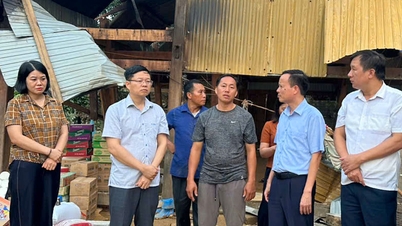







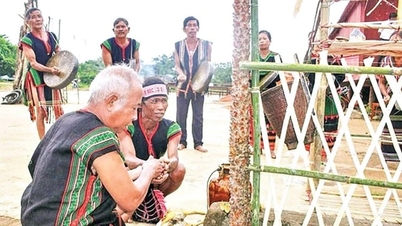

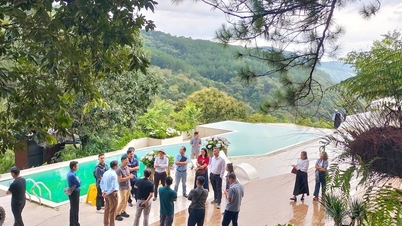
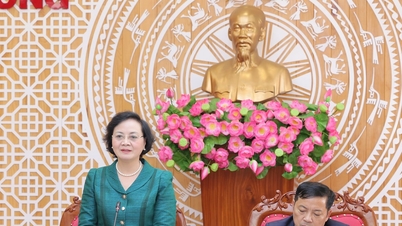

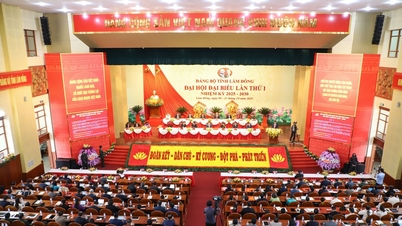































































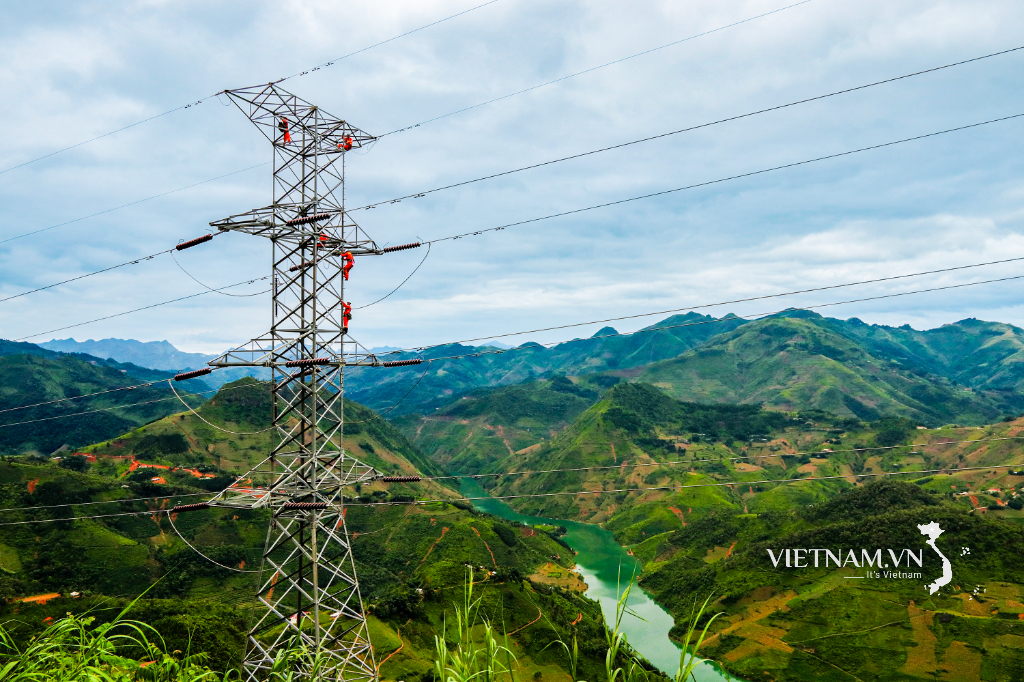



Comment (0)